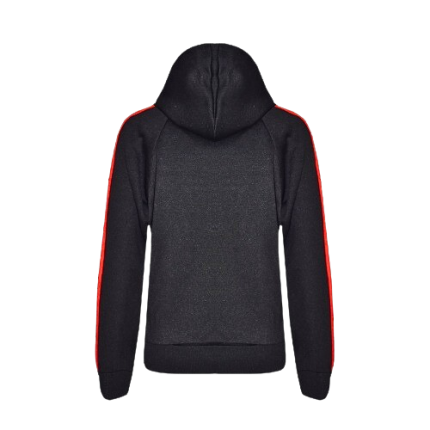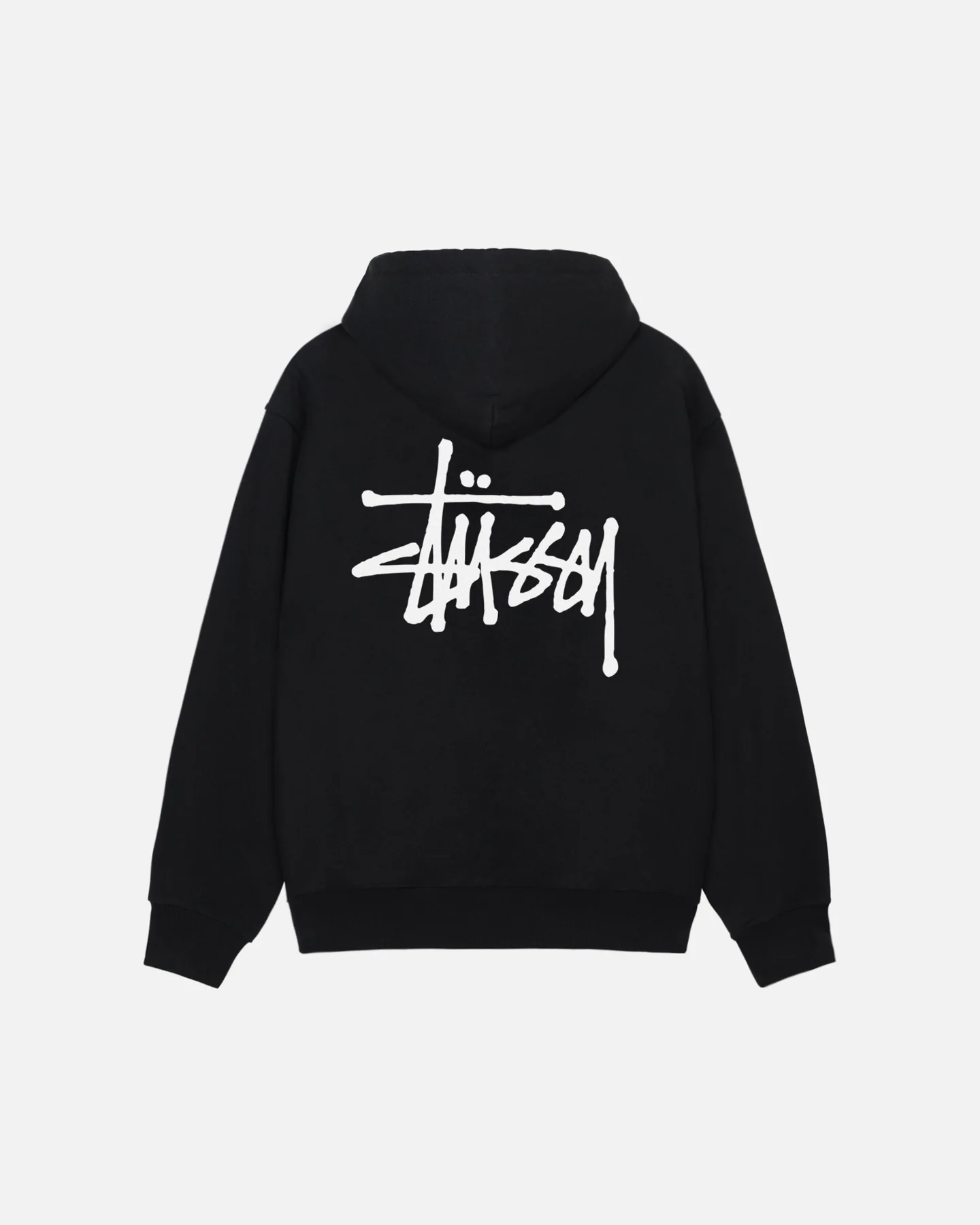In the world of fashion, where trends come and go, there exists a subset tenthseriesclothing.online of brands that defy mainstream expectations, standing as symbols of rebellion, individuality, and the counter-culture movement. Antagonist Clothing is one such brand that has not only embraced its rebellious identity but has also built an entire ethos around it. In this article, we will explore the rise of Antagonist Clothing, its aesthetic appeal, its philosophical foundation, and its impact on the fashion landscape. From its roots in street culture to its modern-day relevance, Antagonist Clothing has carved out a niche that speaks to those who dare to question societal norms and express their individuality through fashion.
Origins and Conceptual Foundations
The term “antagonist” evokes the idea of opposition or resistance, and in the context of Antagonist Clothing, it signifies a deliberate stance against conformity. The brand emerged during a time when fashion was largely dominated by safe, predictable designs aimed at mass appeal. Antagonist Clothing set itself apart by creating garments that reflected a spirit of defiance and non-conformity. The brand’s ethos was inspired by various subcultures that historically rebelled against societal expectations—punk, grunge, skate, and hip-hop cultures, to name a few. These movements have long used fashion as a means of self-expression and as a tool to challenge the status quo.
Founded by a group of like-minded individuals who sought to merge fashion with activism, Antagonist Clothing was established as a platform for creative expression. From the outset, the brand has focused on using fashion to critique consumerism, capitalism, and the homogenization of culture. Unlike traditional fashion houses that aim to cater to the widest audience possible, Antagonist Clothing takes pride in catering to a niche audience that values authenticity over mass appeal. Its designs are often laced with social commentary, making each piece more than just an item of clothing but a statement on modern society.
Aesthetic Appeal and Design Philosophy
Antagonist Clothing’s aesthetic is unmistakable. It thrives on the use of bold graphics, stark color contrasts, and distressed materials. These elements work in harmony to create a rugged, rebellious look that speaks directly to the brand’s core audience. One of the hallmarks of Antagonist’s design is its incorporation of thought-provoking imagery and slogans that challenge societal norms. These visual elements serve as a form of protest, communicating ideas that might otherwise go unheard in a world dominated by mainstream media and pop culture.
For example, many of the brand’s designs feature dystopian imagery, skulls, graffiti-like text, and politically charged graphics. These visuals are intended to provoke thought and spark conversations about the issues that are often swept under the rug by mainstream society. Whether it’s addressing environmental concerns, political corruption, or social inequality, Antagonist Clothing makes a bold statement with every collection. The clothing is not just designed to be worn but to be experienced, encouraging wearers to reflect on their place in the world and the issues they care about.
Furthermore, Antagonist Clothing often experiments with unconventional cuts and silhouettes, further distancing itself from traditional fashion norms. The brand is known for oversized fits, asymmetrical designs, and layering that creates a deconstructed look. This approach to fashion reflects the brand’s broader rejection of societal expectations and celebrates the beauty in imperfection and chaos. The distressed finishes on many of the garments are symbolic of the brand’s philosophy that life is messy, and perfection is a myth perpetuated by society.
Target Audience: Rebels, Misfits, and Non-Conformists
Antagonist Clothing is not for everyone, and that’s precisely the point. The brand has made it clear that it isn’t trying to appeal to the masses but to a specific group of people who identify with its message. The typical Antagonist customer is someone who rejects mainstream culture, whether in fashion, politics, or lifestyle. They are often involved in creative fields, such as art, music, and design, where self-expression and individuality are highly valued.
The brand’s appeal lies in its authenticity. In a world where fast fashion dominates, and trends are recycled at an alarming rate, Antagonist Clothing offers something different—something real. It doesn’t chase after the latest fads but stays true to its roots, creating clothing that resonates with those who want to stand out from the crowd. The brand has cultivated a loyal following of people who see themselves as outsiders, rebels, or misfits, and they wear Antagonist Clothing as a badge of honor, signaling to the world that they refuse to conform.
Cultural Impact and Relevance
The impact of Antagonist Clothing goes beyond just fashion. It is a brand that has managed to tap into the cultural zeitgeist, addressing issues that resonate with younger generations, particularly Millennials and Gen Z. These generations are more socially and politically conscious than any before them, and they seek out brands that align with their values. Antagonist Clothing’s commitment to social activism, environmental sustainability, and anti-establishment ideals has made it a favorite among those who view fashion as a form of protest.
In recent years, there has been a growing demand for sustainable fashion, and Antagonist Clothing has responded by incorporating eco-friendly materials and ethical manufacturing practices into its production process. The brand’s commitment to sustainability is not just a marketing gimmick but a core part of its identity. By promoting slow fashion and rejecting the disposable culture of fast fashion, Antagonist Clothing is encouraging its customers to think more critically about their consumption habits and the impact they have on the planet.
The brand’s influence can also be seen in the way it has inspired other independent labels to adopt similar values. Many up-and-coming brands have taken a page out of Antagonist Clothing’s playbook, focusing on authenticity, sustainability, and social activism. This shift towards more conscious fashion is a direct response to the growing awareness of the negative impacts of consumerism, and Antagonist Clothing has been at the forefront of this movement.
Collaborations and Future Direction
Collaborations have played a key role in keeping Antagonist Clothing fresh and relevant. The brand has teamed up with various artists, musicians, and even other fashion labels to create limited-edition collections that push the boundaries of design. These collaborations often bring together different elements of counter-culture, resulting in clothing that feels truly unique. For example, a collaboration with a street artist might feature hand-painted designs on denim jackets, while a partnership with a punk band could result in a collection inspired by the band’s rebellious lyrics.
Looking ahead, the future of Antagonist Clothing seems promising. As the fashion industry continues to evolve, with a growing focus on sustainability, inclusivity, and authenticity, Antagonist Clothing is well-positioned to remain a leader in the counter-culture space. The brand’s unwavering commitment to its core values ensures that it will continue to attract a dedicated following of individuals who share its vision for a more rebellious, thoughtful approach to fashion.
Conclusion
Antagonist Clothing represents more than just a fashion brand; it is a movement, a statement, and a way of life. Its commitment to challenging societal norms, promoting individuality, and advocating for social and environmental causes sets it apart in an industry often driven by profit over principles. For those who seek to express their rebellion through what they wear, Antagonist Clothing offers a powerful platform to do so. As the fashion world continues to grapple with issues of sustainability, ethics, and authenticity, Antagonist Clothing remains a beacon for those who believe that fashion can—and should—be a form of resistance.



